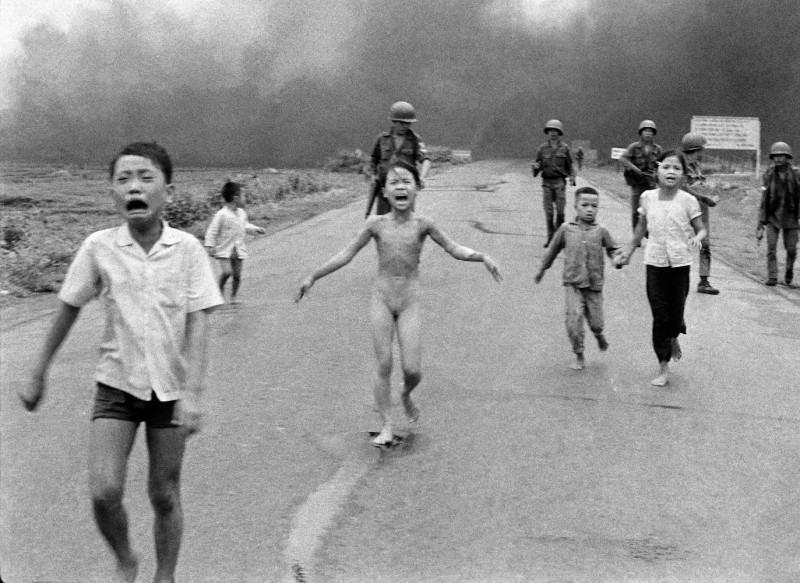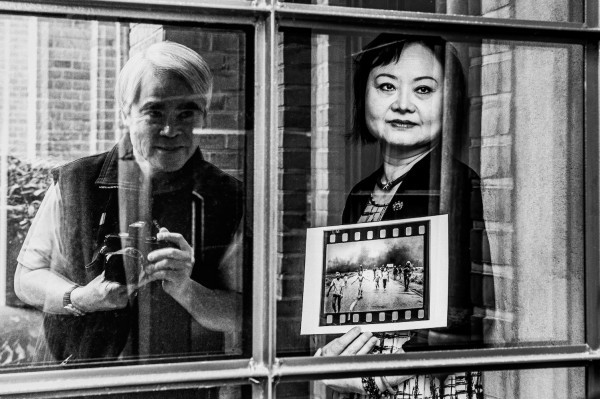Napalm Girl (photographed on June 8, 1972)
Napalm Girl (photographed on June 8, 1972)
Nick Út
June 8, 2022

The girl who made media history as the Napalm Girl has a name: Phan Thi Kim Phúc. She is now 59 years old and lives in Canada. She has been a UNESCO Goodwill Ambassador, since 1994, acting globally for children affected by war. The event on the morning of June 8, 1972, catapulted Kim Phúc onto the world stage. She did not remain a nameless victim. On the contrary, according to New York author and essayist Susan Sontag, her fate is said to have contributed more toward changing the mood against the Vietnam War than "a hundred hours of televised barbarities".
Kim Phúc was one of numerous civilian victims injured during the napalm attack carried out by South Vietnamese air planes on the village of Trảng Bàng; and a horde of press photographers were close enough to the village to take pictures. However, it was the motif of the young girl screaming in pain that was to become the decisive symbolic image. Nick Út saved Kim Phúc's life, by ensuring that she and other members of her family were taken to a nearby hospital. Burns covered thirty percent of her skin, and she was only able to return home after a year and seven operations. Many more medical interventions were necessary, over the period that followed.
It was Horst Faas, AP office manager in Saigon at the time, who ensured that American newspaper readers were confronted with the image of the naked child. Just one day after the picture was taken – and against the rules applying at the time –, it appeared on the front page of The New York Times. Countless publications elsewhere were to follow and, in 1973, the photographer was the recipient of a World Press Award and of the Pulitzer Prize.
The AP had equipped Nick Út, at the time, with a Leica M2 and a Leica M3. The picture, taken in a fraction of a second, was to become the photographer's most important image. Following the Vietnam War, he emigrated to the USA and spent his working life as a full-time AP photographer in Los Angeles. As cynical as it may sound, the picture “brought him luck”; however, as he says: “I just photographed what I saw; that was my job.” Nick Út and Kim Phúc remained in touch and became friends: to this day, she calls him Uncle Nick, and he refers to her as “my daughter”.
Nick Út was honoured with the Leica Hall of Fame in 2012. An in-depth interview can be found in the Leica Camera blog.
Nick Út+-
...was born Huynh Cong Út, in Long An, Vietnam, on March 29, 1951. Following the death of his older brother, who was working as a war reporter for the Associated Press (AP) in Vietnam, Huynh Cong also became a photojournalist for the AP. After being evacuated from Vietnam, he worked in Japan, South Korea and the USA. He continued working full-time for the AP, until 2017. In 2020, Út was the first photojournalist to receive the National Medal of Arts, the most important award granted by the US government for artists and patrons of the arts. Út lives in Los Angeles. More

